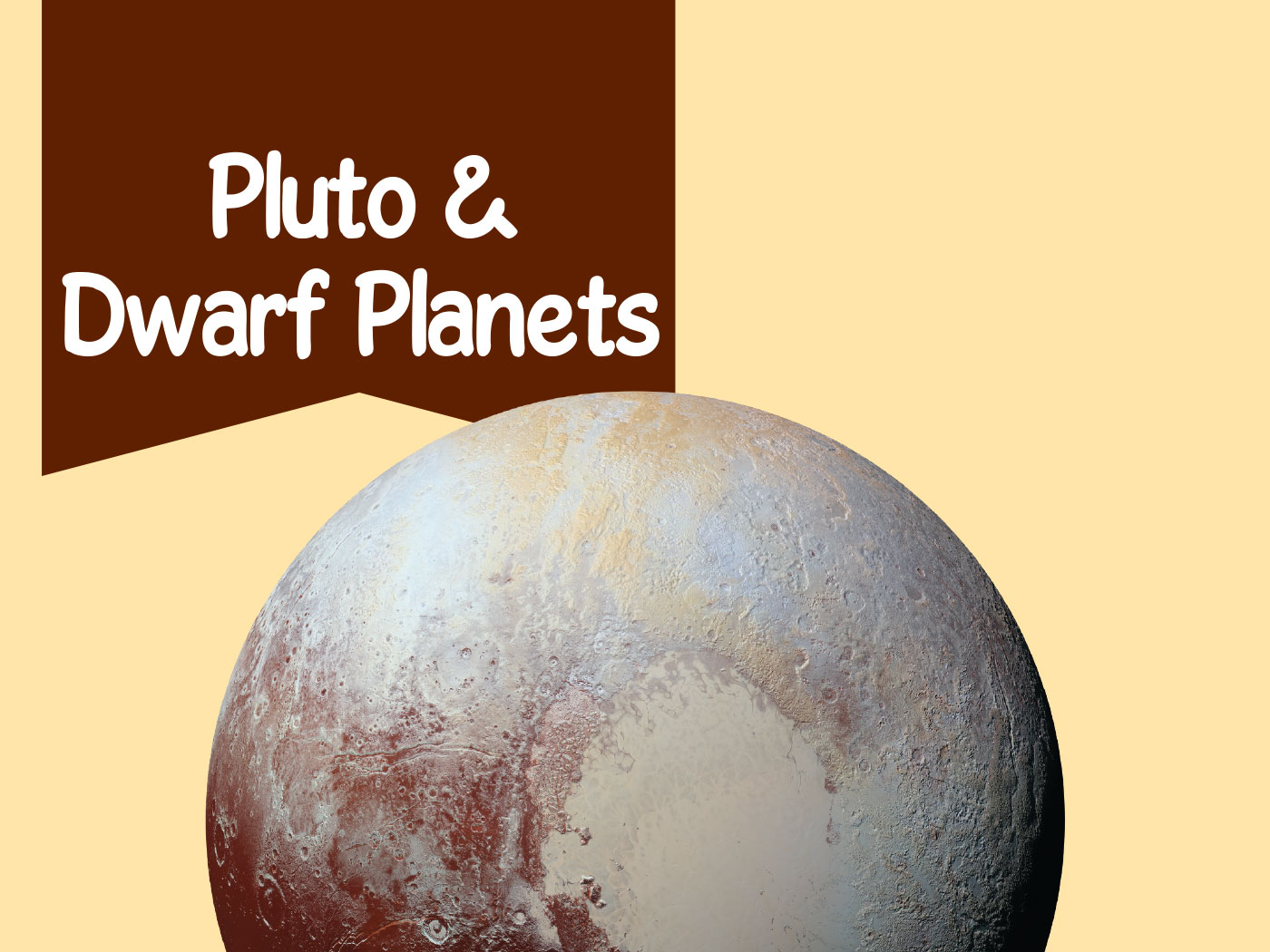In March 2014, the BICEP2 radio astronomy team announced purported direct evidence of cosmic inflation, an important part of the modern Big Bang model for the universe’s creation. This announcement was front-page news all over the world.1 However, these scientists recently submitted a paper for publication that effectively retracts their breakthrough claim, acknowledging that their earlier results were spurious. They admitted their “evidence” was actually an artifact from dust within our own galaxy.2
Inflation is an extremely rapid growth spurt that is believed to have occurred early in the universe’s history. Inflation was invented as an attempt to solve a number of serious difficulties in the original Big Bang model, including the Big Bang’s own version of the distant-starlight problem.3 Inflation proponents originally claimed that inflation occurred very quickly and shortly after the Big Bang, but they later began to see it more as the actual cause of the Big Bang itself.4 Inflation led to a number of strange ideas, including the idea of a multiverse, in which our universe is just one of infinitely many universes that were spawned as a result of the inflationary process. In fact, inflation theories became so weird that even secular cosmologists began criticizing them!5
Nevertheless, many secular scientists loved the idea of a multiverse because it seemed to finally enable them to explain the obvious “fine-tuning” and design we observe in our universe without the need for a Creator.6 Of course, there is no evidence for these other supposed universes. In fact, it is difficult to see how there ever could be any evidence for them, since inflation theory claims that these universes are so far apart from one another that any contact between them is impossible. But even if one were to grant, for the sake of argument, that these other universes exist, a little logic quickly reveals that this would still do nothing to explain the existence of life within this universe.7
Naturally, when the inflation evidence hit the news last year, Big Bang proponents were ecstatic, and Christians who claim that the Big Bang was the means by which God created the universe were also quick to jump on the bandwagon.8,9
But in a phone interview, BICEP2 team member Brian Keating of the University of California, San Diego, acknowledged that they were “effectively retracting the claim.” Keating went on to say, “It’s disappointing…. It’s like finding out there’s no Santa Claus. But it’s important to know the truth.”2
We at ICR would agree that it’s important to know the truth. But one’s own biases can often be a serious impediment in doing so. As creation scientists we are generally much more aware of our own biases and presuppositions, and we make no apology for the fact that we believe the Bible’s account of the universe’s creation to be actual, literal history. Secular scientists, on the other hand, often have a hard time even admitting that they have any biases.
Now would be a good time for secular scientists to take a hard look at their biases and presuppositions. Why is it that they are willing to entertain bizarre explanations for our existence (other universes, the seeding of life on Earth by space aliens, etc.), but they are unwilling to consider biblical creation? Why do otherwise brilliant scientists embrace logically fallacious explanations for our existence?7 The answer is quite simple. Acknowledging creation requires that we acknowledge our Creator, and for many, that is simply unacceptable.
Creation remains the best scientific explanation for the reality in which we live, and science continues to point to our Creator.
References
- Overbye, D. Space Ripples Reveal Big Bang’s Smoking Gun. New York Times. Posted on nytimes.com March 17, 2014, accessed March 17, 2014.
- Big-Bang Theory Evidence Claims Abandoned. Wall Street Journal. Posted on wsj.com on January 31, 2015, accessed February 2, 2015.
- Lisle, J. 2003. Light-travel time: a problem for the big bang. Creation. 25 (4): 48-49.
- Guth, A. The Inflationary Universe. Edge Foundation. Posted at edge.org November 19, 2002, accessed February 2, 2015.
- Steinhardt, P. J. 2011. The Inflation Debate. Scientific American. 304 (4): 36-43.
- Folger, T. 2008. Science’s Alternative to an intelligent Creator: the Multiverse Theory. Discover. Posted on discovermagazine.com November 20, 2008, accessed February 2, 2015.
- Hebert, J. 2013. Hiding from God in the Multiverse. Acts & Facts. 42 (6): 9.
- Zweerink, J. Inflation’s Smoking Gun. Reasons to Believe. Posted on reasons.org April 21, 2014, accessed February 2, 2015.
- Zweerink, J. A Response to Four Young-Earth Objections to Inflation. Reasons to Believe. Posted on reasons.org April 24, 2014, accessed February 2, 2015.
*Dr. Hebert is Research Associate at the Institute for Creation Research and received his Ph.D. in physics from the University of Texas at Dallas.
Article posted on February 12, 2015.













